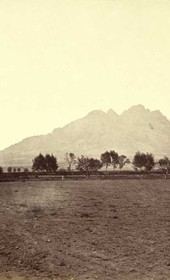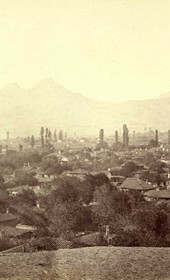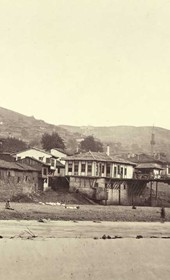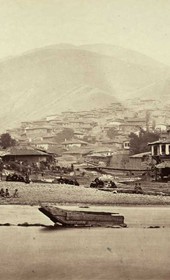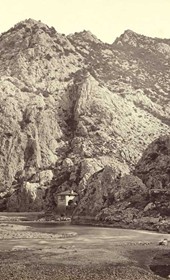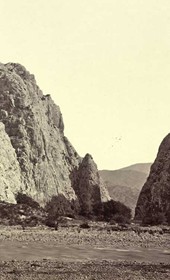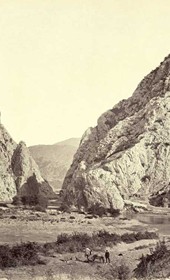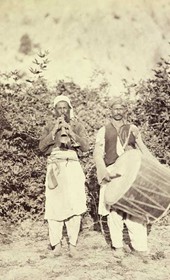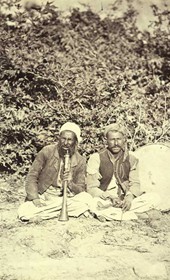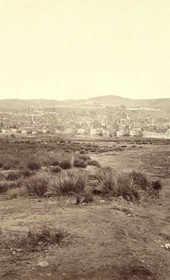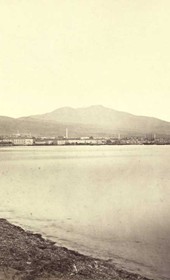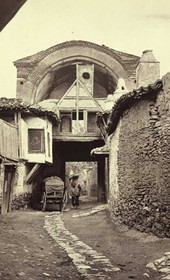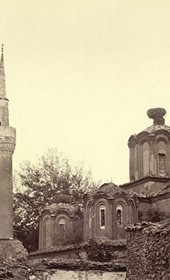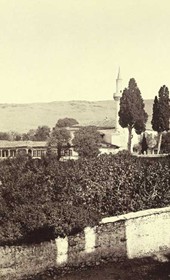| | Robert Elsie | AL Art | AL History | AL Language | AL Literature | AL Photography | Contact | |
Robert Elsie
Early Photography in Albania
BACK | AL Photography
The Photo Collection
of Josef Székely
Deutsch | ShqipAlbania – Kosova – Macedonia
1863The pictures taken by Viennese photographer Josef Székely during the 1863 Austro-Hungarian expedition to northern Albania, Kosova and Macedonia, led by Johann Georg von Hahn, would seem to be the very first photographs ever made of this region of southeastern Europe. It was an expedition into one of the least known corners of Europe.
The German scholar Johann Georg von Hahn (1811-1869) is commonly regarded as the father of Albanian studies. He was born in Frankfurt am Main and studied law in Giessen and Heidelberg. From 1834 to 1843, he worked for the legal authorities of the newly founded Kingdom of Greece. From 1843 to 1847, he represented the Prussian consulate in Athens, and then transferred to the Austrian vice-consulate in Janina where he came into contact with the Albanians and began learning Albanian. Finally, in 1851, he was appointed Austrian consul for eastern Greece, with its headquarters on the island of Syros in the Aegean Sea.
Hahn toured Albania three times during his years in Janina and gathered much information on Albanian history, philology and folklore. This material was published in good part in his seminal three-part Albanesische Studien (Albanian Studies), Jena 1854, which laid the foundations for multi- disciplinary Albanian studies. He is also remembered for the volume Griechische und albanesische Märchen (Greek and Albanian Folk Tales), Leipzig 1864, and for accounts of his expeditions in the Balkans Reise von Belgrad nach Salonik (Journey from Belgrade to Salonica), Vienna 1861, and Reise durch die Gebiete des Drin und Vardar (Journey through the Region of the Drin and Vardar), Vienna 1867, 1869.
The latter journey from August to November 1863 took Hahn and his companions from Durrës and Shkodra on the Adriatic coast up the Drin river to Prizren in Kosova, through western Macedonia and then down the Vardar river to Salonica (Thessalonika) on the Aegean Sea. His interests in Albania and the southwestern Balkans were wide ranging, and it was on the course of this journey that, in addition to his research, he also, perhaps unwittingly, laid the foundations to the history of photography in the southwestern Balkans. The 1863 expedition resulted in a collection of fifty photographs which are among the earliest ever taken of the region.
In the early 1860s, Hahn had begun preparations for the expedition up the Drin river which, he noted: “... is the least known of all the rivers of Europe although it flows into the Adriatic a mere ten miles from the southern border of imperial (Austro-Hungarian) territory. No one before me has ever travelled the twenty hours along the river between the point where its two tributaries flow together and the coast.” Archduke Maximilian (1832-1867), later to become Emperor of Mexico (r. 1864-1867), was enthusiastic about the project and promised to have portable boats built for him. On 23 June 1863, Hahn wrote to the Academy of Sciences in Vienna requesting a competent photographer to accompany him and take photographs of the towns and mountain terrain. The Academy proposed the twenty-five- year-old Josef Széleky and made the requisite funds available for the expedition.
Josef Székely
The Viennese photographer Dr. Josef Székely (1838-1901) was born in Sümeg near Lake Balaton in western Hungary and went to school in Szombathely. He then attended the University of Vienna and graduated in 1860 with a masters in pharmacy and in 1862 with a doctorate in chemistry. He taught at the university for a time, but then, opening an atelier in Heinrichshof near the Viennese Opera, he became a professional photographer, and one of substantial repute. In 1867 he won the Bronze Prize at the World’s Fair in Paris (possibly with the photographs of Albania), and in 1878 he won a silver medal in Paris.
The Expedition
Hahn departed from his consulate on the Aegean island of Syros and landed in Durrës on 12 August 1863. There he noted: “The town has not changed since my last visit thirteen years ago, not even fifty inhabitants more.” He travelled up the Erzen river past Ndroq and then northwards along the coastal plain to Shkodra. Here on 31 August 1863, he met up with the young Székely and marine lieutenant Hermann von Spaun (1833-1919) who had arrived from Bar (Antivari). Also with the group was von Hahn’s old friend, Dr. Auerbach, who had served from 1845 onwards as the family doctor of the Bey of Vlora, and the Franciscan priest, Angelo Bardhi.
It was in Shkodra that Székely took eight quite spectacular photos, no doubt the first ever taken of the town and its imposing fortress. Soon thereafter the expedition set out in two boats up the Drin river, passing Deja, Vjerdha, Shurdhah, Koman (two photographs) and Dukagjin. The river grew narrower and narrower, and near Toplana it became impossible for them to sail any further. Székely, who had heavy equipment with him, was obliged to turn back and return to Shkodra by boat, while the rest of the members of the expedition continued their journey up the valley by land.
The group was reunited in Prizren which, at the time, was the largest city in Albania. Prizren had a total of ca. 46,000 inhabitants, of whom 36,000 Muslims, 8,000 Bulgarians and Vlachs, and 2,000 Catholics. It had no less than twenty- six mosques as well as two Orthodox and one Catholic churches. Shkodra, Durrës and Vlora were villages by comparison. Here in early September 1863, Székely took five photographs. Leaving Prizren, the expedition returned to the Black Drin and advanced southwards to Dibra (Debar). This region had never been explored before and enjoyed a dubious reputation. Hahn wrote: “Just as unknown as the lower Drin river was the valley of the Black Drin between the town of Dibra and the point where the two tributaries of the river flow together. It is alleged to be a den of thieves and is thus avoided by its neighbours.” Hahn passed through the region with no difficulty, except that he could not understand the Albanian spoken by the natives. Having arrived in Dibra on 21 September 1863, Székely took two photographs. It was a time-consuming enterprise. Struggling with the “photographic machine” and the wagon of plates he had brought with him, he needed a full two and a half hours to take one picture of a massive and romantic cliff. This proved to Hahn that “photography is not something you can do on the side, you can either travel or take photographs.” From Dibra, they continued on to Struga on Lake Ohrid.
Hahn was particularly fascinated by the lake and noted thirteen different types of fish in it. They visited the monastery of Kalishta, the town of Ohrid with its many beautiful Orthodox churches, and of course the famed sixteenth-century monastery of Sveti Naum at the south end of the lake. Von Hahn and his party spent a total of ten days in Ohrid, and Székely had ample time to photograph. Indeed eleven photographs were made of Ohrid and the surrounding region. His picture of Sveti Naum appears to be the only photograph of the monastery before it was largely destroyed by fire in 1875. From Ohrid, the group continued on to Lake Prespa and advanced eastwards in the pouring rain to Monastir (Bitola). It was now October. Monastir was a major town and military encampment in the region and Hahn was welcomed here by Ottoman Brigadier General Faik Pasha, who had studied in Vienna. Székely was able to take some interesting photographs of an Ottoman military formation in front of their huge barracks, constructed in 1839. From Prilep, they travelled on to Veles on the Vardar river, where they found boats and were able to sail southwards through the Iron Gate (Demir Kapi) to Salonica on the Aegean. Five photographs were taken there. From Salonica, Hahn and Székely continued eastwards to Troy in Asia Minor.
The Székely Collection
Johann Georg von Hahn was well aware of Székely’s historic contribution to the expedition. He noted that the photographs can “easily be compared to the best photography has produced in this field.” Unfortunately, publication of the photographs proved too expensive for the Viennese Academy of Sciences and they were omitted from the report Hahn published of the expedition in 1867 and 1869. The result was that the Székely collection, among the earliest photos ever taken in the southern Balkans, fell into oblivion. In 1889, thirteen of the photographs found their way into the volume Makedonien und Alt-Serbien (Macedonia and Old Serbia) by Spiridion Gopčević (1855-1936), but they were not attributed to Székely and were left undated. After that, the collection disappeared for over a century, to be rediscovered in the Austrian National Library in 2000 by Mark Cohen.
Josef Székely’s photographs of the southern Balkans in 1863 are of great historical and notable artistic significance. With the exception of one sole portrait of the rebel Hamzë Kazazi made by Pietro Marubbi (1834-1903) in Shkodra in 1858, they are the first photos ever taken in Albania. They may also be the earliest ever taken in Kosova and are certain among the first in Macedonia.
The Székely Collection was first published in the album Writing in Light: Early Photography of Albania and the Southwestern Balkans, Prishtina 2007. The photographs are now archived in the Bildarchiv of the Austrian National Library in Vienna (www.bildarchiv.at) to whom we are grateful for permission to make them available here.
Robert Elsie
TOP
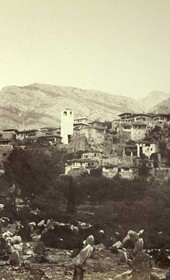
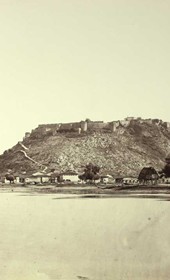
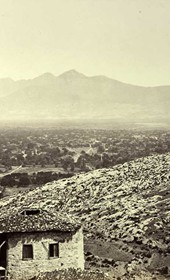
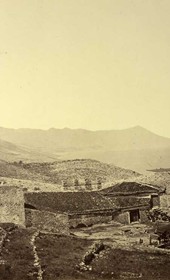
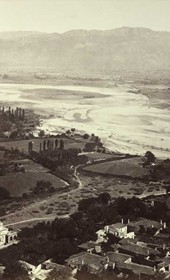
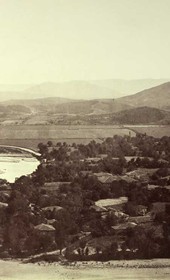
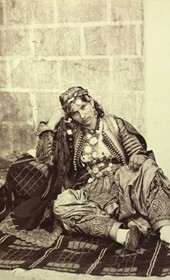
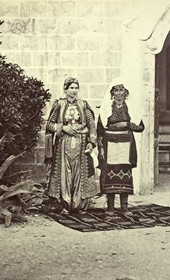
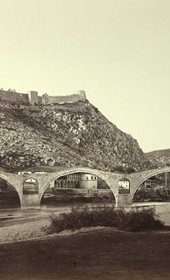
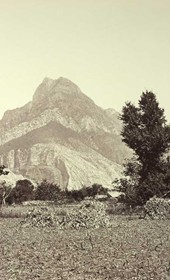
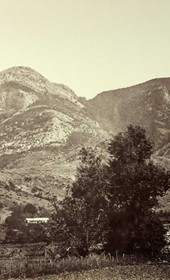
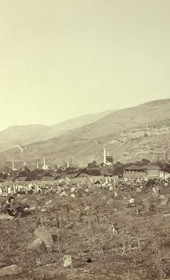
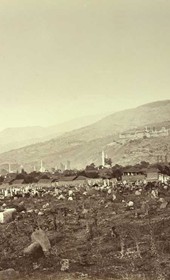
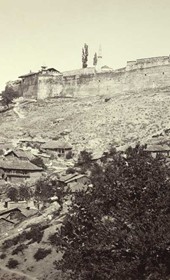
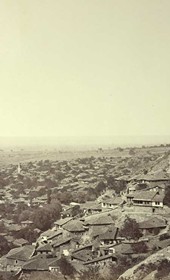
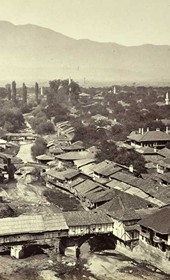
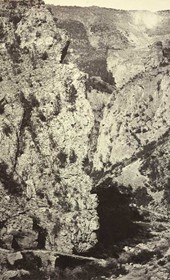
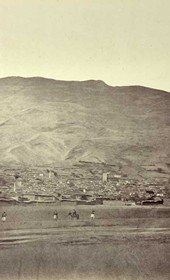
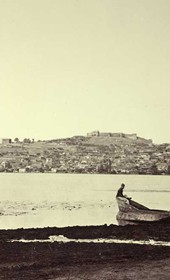
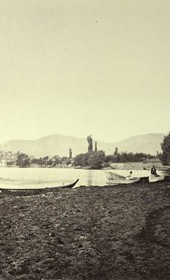
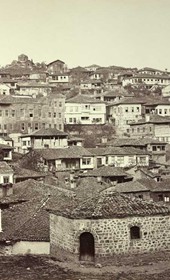
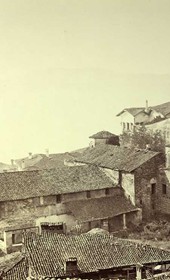
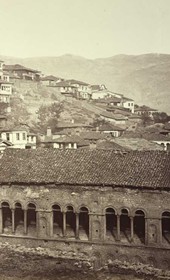
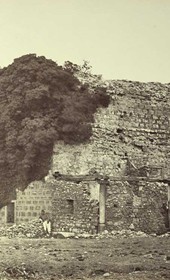
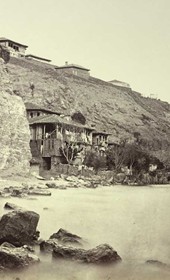
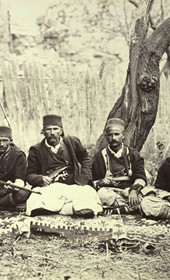
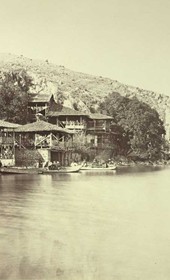
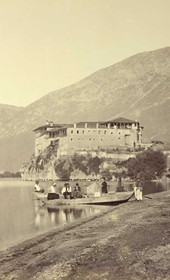
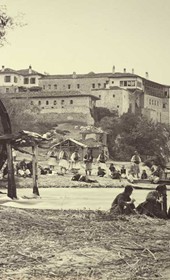
![Josef Székely VUES IV 41084
Monastir [Bitola]: view from the south. October 1863](szekely_files/vlb_thumbnails1/vues_iv41084.jpg)
![Josef Székely VUES IV 41085
Monastir [Bitola]: view from the south. October 1863](szekely_files/vlb_thumbnails1/vues_iv41085.jpg)
![Josef Székely VUES IV 41086
Monastir [Bitola]: view from the south. October 1863](szekely_files/vlb_thumbnails1/vues_iv41086.jpg)
![Josef Székely VUES IV 41087
Monastir [Bitola]: formation of Ottoman troops. October 1863](szekely_files/vlb_thumbnails1/vues_iv41087.jpg)
![Josef Székely VUES IV 41088
Monastir [Bitola]: headquarters of the Ottoman army. October 1863](szekely_files/vlb_thumbnails1/vues_iv41088.jpg)
![Josef Székely VUES IV 41089
Monastir [Bitola]: group of Ottoman soldiers. October 1863](szekely_files/vlb_thumbnails1/vues_iv41089.jpg)
![Josef Székely VUES IV 41090
Monastir [Bitola]: group of Ottoman artillerymen. October 1863](szekely_files/vlb_thumbnails1/vues_iv41090.jpg)
